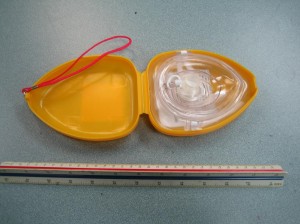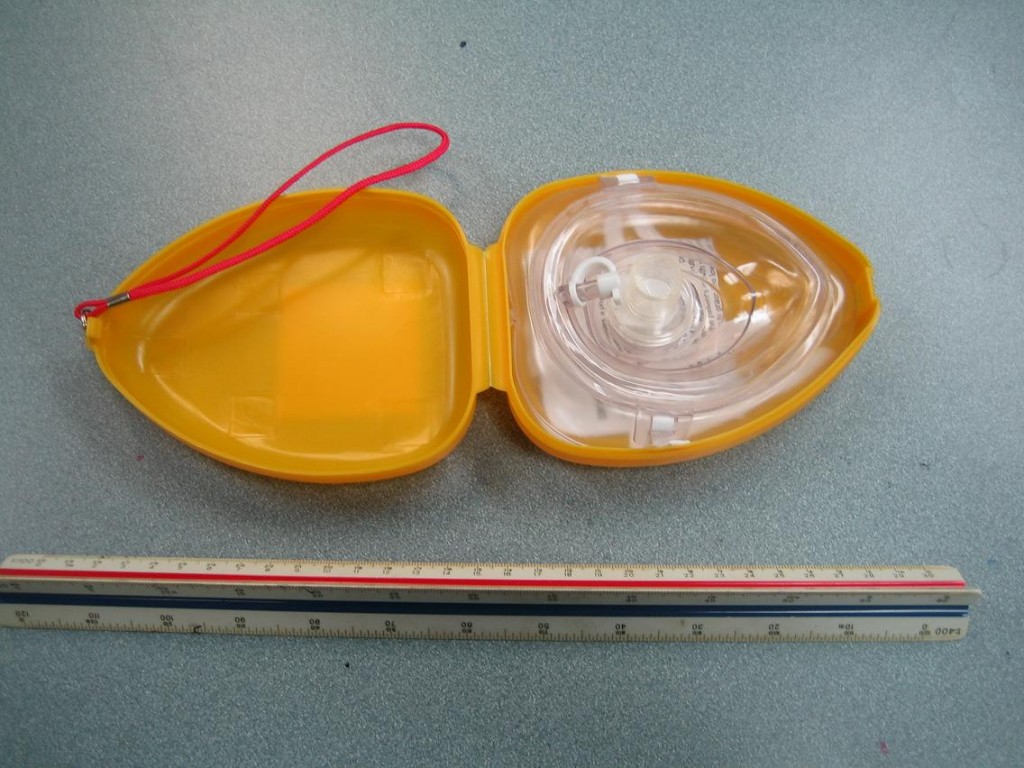An outbreak of enterovirus 71 occurs widely in the United States, Cambodia, Hungary, Asia and Bulgaria. The disease can easily spread and can result in a death toll among children. The enterovirus 71 infection is a form of a hand, foot and mouth disease which commonly affects children who are less than 11 years old. Learning how to prevent the spread of the infection can significantly help control the spread of the virus.
Symptoms of Enterovirus 71 infection
The symptoms of the enterovirus 71 usually manifest as fever and rashes appearing throughout the body. It viral infection most commonly affects the hands, feet, buttocks and the mouth. The infections usually cause oral lesions to occur and accompanied by vomiting, fatigue, diarrhea and sore throat. In more serious cases, the infection can also induce the development of meningitis, myocarditis, flaccid paralysis and pulmonary edema. When these conditions occur, the infection is harder to treat and can induce more serious complications to surface, causing a high mortality rate among those who are infected. Severe neurological complications can also occur under some circumstances that can result in more serious fatality among the infected children.
What causes Enterovirus 71 infection?
The viral infection is usually attributed to the infection caused by a non-polio enterovirus known as the Coxsackie virus A16. This is commonly associated with other hand, foot and mouth disease seen during childhood. As the virus slowly spreads to the body, it begins to cause the initial symptoms of blisters and fever. In some children, it can also cause some ulceration on the hands, mouth and feet. The virus usually takes three to seven days of incubation to the body. Children with the infection usually don’t manifest some symptoms, making the spread of the infection highly undetectable and difficult to diagnose at its early stage. The transmission of the disease is usually by direct contact, usually through the discharges from the nose and mouth. The virus is highly contagious in the first week of the infection. The virus causing the disease is very active during summer and on temperate climates.
What you can do to prevent and manage the infection

Prevention is the best response that you can do when you know that there is a viral outbreak in your place. Observe the following as first aid management of the disease:
- Because the viral infection is contagious through direct contact, teach your child the proper hand washing and making it their proper habit or routine.
- Advise your child to avoid other children with blisters and symptoms of fever and infection.
- It is best to avoid overcrowded places.
- Isolate your child immediately if you suspect your child is showing some symptoms of the infection.
- Take your child to a doctor immediately at the initial manifestation of the above-mentioned symptoms to obtain proper diagnosis and treatment.
- Use disinfectants with chlorinated bleach, which is known to be effective in killing virus that are usually resistant to ordinary disinfectant products.
Reference:
Oxford Journals. Neurological Manifestations of Enterovirus 71 Infection in Children. Retrieved on July 3, 2014 from http://cid.oxfordjournals.org/content/32/2/236.full

